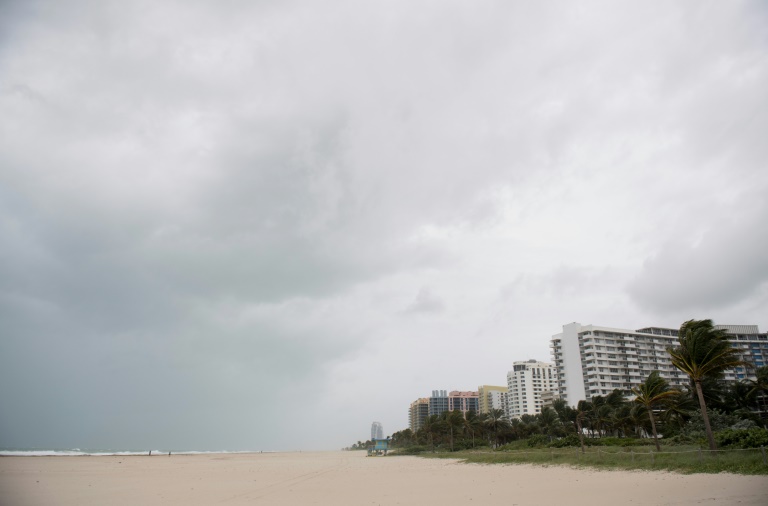Lamola welcomes Tanzania’s decision to lift ban on SA agriculture imports
First came Harvey, which unleashed massive floods in Texas, then three devastating hurricanes roared across the Atlantic simultaneously — Irma, Katia and Jose.
“Currently we have three Atlantic hurricanes with 90-plus mile per hour winds — only the fourth time on record in Atlantic this has occurred,” Philip Klotzbach, a research scientist at Colorado State University, said on Twitter.
The last time three hurricanes were active at once was 2010, when hurricanes Igor, Julia and Karl were classified as hurricanes, according to the National Oceanic and Atmospheric Administration (NOAA).
Katia weakend to a tropical depression on Saturday.
Hurricane Irma, now taking aim at Florida, has stunned experts with its sheer size and strength, churning across the ocean with sustained Category 5 winds of 183 miles per hour (295 kilometers per hour) for more than 33 hours, making it the longest-lasting, top-intensity cyclone ever recorded.
Meanwhile Jose, a Category 4 on the Saffir Simpson scale of 1 to 5, is fast on the heels of Irma, pummeling the Caribbean for the second time in the span of a few days.
Many have wondered what is contributing to the power and frequency of these extreme storms.
“Atlantic hurricane seasons over the years have been shaped by many complex factors,” said Jim Kossin, a NOAA hurricane scientist at the University of Wisconsin.
“Those include large scale ocean currents, air pollution — which tends to cool the ocean down — and climate change.”
– Active cycle since 1995 –

Scientist are debating the role of climate change in the formation of four unusually potent Atlantic storms
For Gabriel Vecchi, professor of geosciences at Princeton University’s Environmental Institute, the surge in cyclones is evidence of an “active era” for storms in the Atlantic since the mid 1990s, even if not every year saw strong storms.
A period of relative calm for hurricanes, stretching from 2013 to 2016, can be explained by the presence of the equatorial Pacific warming trend, El Nino, which produces wind shear that tends to discourage the formation of hurricanes.
There was also little hurricane activity in the 1960s, ’70s and ’80s.
“There is still a lot of debate in the scientific community,” over what causes this shift between calm and tumultuous times for storms, Vecchi said.
Some think a surge in industrial pollution after World War II may have produced more pollutant particles that blocked the Sun’s energy and exerted a cooling effect on the oceans.
“The pollution reduced a lot of hurricane activity,” he told AFP.
Pollution began to wane in the 1980s due to regulations such as the Clean Air Act, allowing more of the Sun’s rays to penetrate the ocean and provide warming fuel for storms.
Vecchi said the “big debate” among scientists is over which plays a larger role — variations in ocean currents or pollution cuts. There is evidence for both, but there isn’t enough data to answer a key question.
“We don’t know how long the cycle may last,” Vecchi said.
“We have a lack of historical perspective.”
– Warming’s role –
The burning of fossil fuels, which spew greenhouse gases into the atmosphere and warm the Earth, can also be linked to a rise in extreme storms in recent years.
Warmer ocean temperatures yield more moisture, more rainfall, and greater intensity storms.
“It is not a coincidence that we’re seeing more devastating hurricanes,” climatologist Michael Mann of Penn State University told AFP in an email.
“Over the past few years, as global sea surface temperatures have been the warmest on record, we’ve seen the strongest hurricanes — as measured by peak sustained winds — globally, in both Southern and Northern Hemisphere, in both Pacific and now, with Irma, the open Atlantic,” he added.
“The impacts of climate change are no longer subtle. We’re seeing them play out in real time, and the past two weeks have been a sadly vivid example.”
Download our app